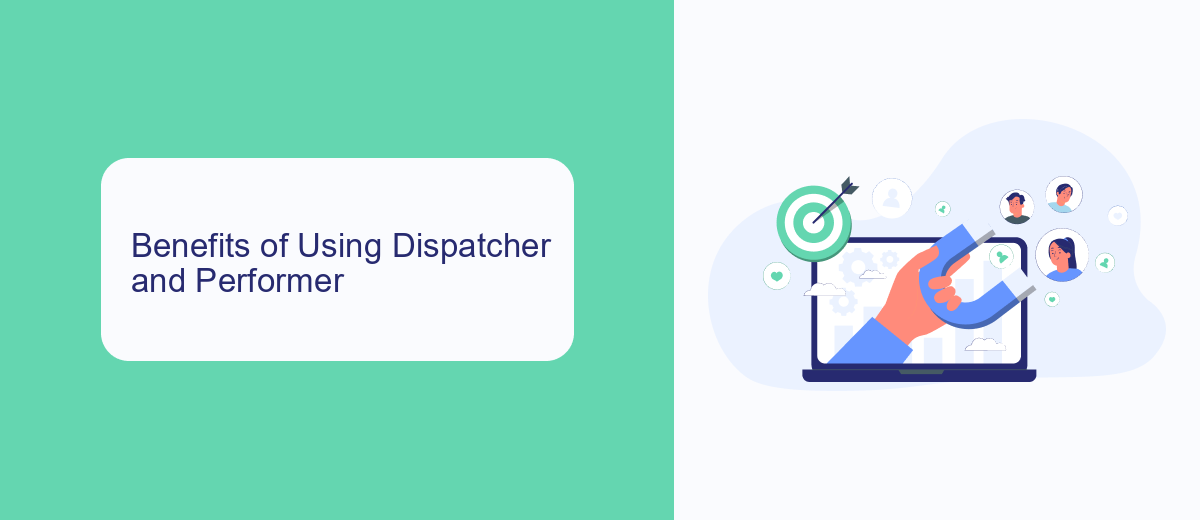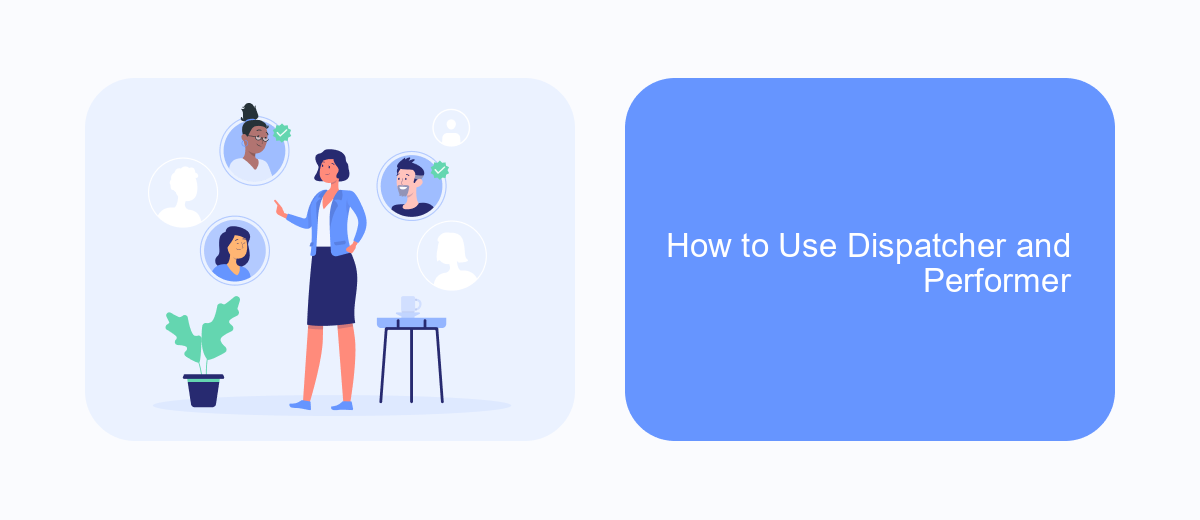In the realm of robotic process automation (RPA), UiPath stands out as a leading platform. Central to its functionality are two pivotal components: Dispatcher and Performer. This article delves into the roles and interactions of these elements, shedding light on how they streamline and optimize complex workflows, ensuring efficiency and accuracy in automated processes.
Dispatcher and Performer Implementation in UiPath
Implementing Dispatcher and Performer in UiPath involves creating two separate automation processes. The Dispatcher is responsible for reading data from a source and adding it to the Orchestrator queue. The Performer, on the other hand, picks up the data from the queue and processes it according to the business requirements.
- Dispatcher: Reads data from sources such as Excel, databases, or web services.
- Performer: Retrieves data from the Orchestrator queue and performs the required actions.
- Queue: Acts as an intermediary storage for data items to be processed by the Performer.
For seamless integration and data transfer between different services, tools like SaveMyLeads can be utilized. SaveMyLeads helps automate the process of sending data from various sources directly to the UiPath Orchestrator queue, enhancing efficiency and reducing manual intervention. By leveraging such services, the implementation of Dispatcher and Performer in UiPath becomes more streamlined and robust.
Benefits of Using Dispatcher and Performer

Using Dispatcher and Performer in UiPath offers numerous benefits for automating complex workflows. The Dispatcher is responsible for collecting and organizing data, which is then passed to the Performer for processing. This division of tasks leads to more efficient and manageable automation processes. By separating data collection from data processing, businesses can ensure that each step is optimized and can be independently scaled, monitored, and maintained. This modular approach not only simplifies debugging and error handling but also enhances the overall reliability of the automation solution.
Another significant advantage is the ability to integrate with third-party services like SaveMyLeads. SaveMyLeads can streamline the process of setting up integrations, allowing businesses to quickly connect UiPath with various applications and services. This enables seamless data transfer and real-time updates, further enhancing the efficiency of automated workflows. By leveraging such integrations, companies can reduce manual intervention, minimize errors, and achieve faster time-to-value for their automation projects. Overall, the combination of Dispatcher and Performer with robust integration capabilities offers a powerful solution for businesses looking to optimize their operations.
Use Cases for Dispatcher and Performer

Dispatcher and Performer are integral components in UiPath for orchestrating and executing automated workflows. They are especially useful in scenarios where tasks need to be broken down into smaller, manageable parts and executed in a streamlined manner.
- Invoice Processing: Dispatchers can read and queue invoices from various sources, while Performers can extract relevant data and input it into financial systems.
- Customer Support: Dispatchers can gather customer queries from multiple channels, and Performers can categorize and respond to them based on predefined rules.
- Data Migration: Dispatchers can queue records from legacy systems, and Performers can transfer and validate data in new systems.
- Order Fulfillment: Dispatchers can collect orders from e-commerce platforms, and Performers can process these orders in the ERP system.
- Integration Setup: Using services like SaveMyLeads, Dispatchers can queue integration tasks, while Performers handle the actual data transfer and configuration between systems.
These use cases illustrate how Dispatcher and Performer can streamline various business processes, enhancing efficiency and accuracy. By breaking down tasks and automating their execution, organizations can achieve higher productivity and better resource management.
How to Use Dispatcher and Performer

To effectively use Dispatcher and Performer in UiPath, you need to understand their roles within the automation process. The Dispatcher is responsible for adding transactions to the queue, while the Performer processes these transactions. This separation ensures a scalable and organized workflow.
First, set up your Dispatcher to gather and queue data. This could involve scraping data from websites, reading from databases, or collecting information from various sources. Then, configure your Performer to process each transaction from the queue, executing the necessary actions such as data entry, calculations, or sending notifications.
- Design the Dispatcher to collect and queue data.
- Configure the Performer to process queued transactions.
- Use UiPath Orchestrator to manage and monitor the workflow.
- Optionally, integrate with SaveMyLeads to automate data flow from various platforms.
By following these steps, you can create a robust and efficient automation process using Dispatcher and Performer in UiPath. This approach not only improves task management but also enhances the scalability of your automation projects.
Conclusion
In conclusion, understanding the roles of Dispatcher and Performer in UiPath is crucial for optimizing your RPA workflows. The Dispatcher is responsible for gathering and storing data in a queue, while the Performer processes this data to complete tasks efficiently. This separation of duties not only streamlines automation but also enhances error handling and scalability.
Moreover, integrating tools like SaveMyLeads can further enhance your automation capabilities by simplifying the process of data collection and synchronization across various platforms. By leveraging such services, businesses can ensure seamless data flow and improve overall operational efficiency. As you implement these roles and integrations, you will find that your UiPath automation becomes more robust, reliable, and adaptable to changing business needs.
FAQ
What is a Dispatcher in UiPath?
What is a Performer in UiPath?
How do Dispatcher and Performer work together in UiPath?
Can I use external services to integrate data collection for the Dispatcher?
What are the benefits of using Dispatcher and Performer in UiPath?
Are you using Facebook Lead Ads? Then you will surely appreciate our service. The SaveMyLeads online connector is a simple and affordable tool that anyone can use to set up integrations for Facebook. Please note that you do not need to code or learn special technologies. Just register on our website and create the necessary integration through the web interface. Connect your advertising account with various services and applications. Integrations are configured in just 5-10 minutes, and in the long run they will save you an impressive amount of time.
